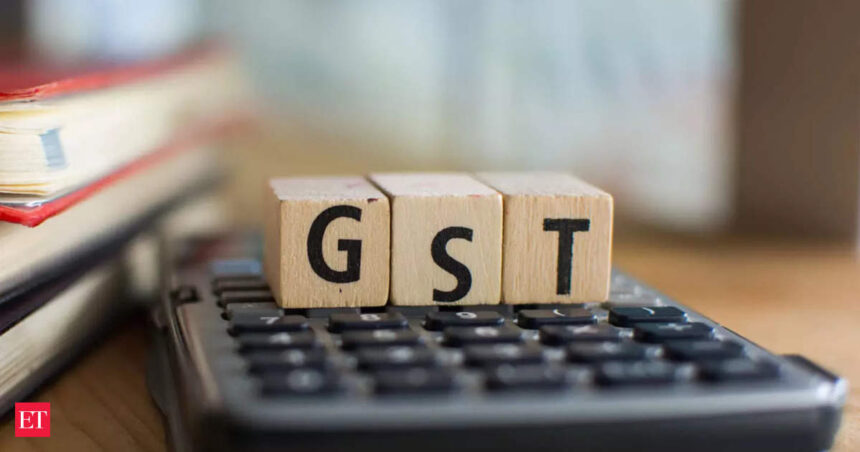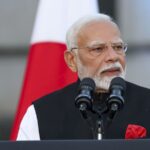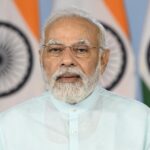A committee of ministers appointed by the GST Council to examine rate rationalisation has proposed changes to the rates of various goods. They have recommended that shoes and watches priced above a certain threshold be moved from the 18% tax bracket to the 28% tax bracket. This suggestion, if implemented, could result in more premium products being taxed at the higher rate, according to experts.
The group of ministers will convene again next month to finalize their report. The ultimate decision on any changes to the tax rate will be made by the GST Council.
Another committee, focused on taxation of insurance products, has suggested exempting health insurance products for senior citizens and reducing the tax rate on products providing health cover up to Rs 5 lakh from 18% to 5%, without any input tax credit.
Deputy Chief Minister of Bihar, Samrat Chaudhary, who leads both committees, stated that the focus is on providing relief to people, particularly senior citizens. The committees will submit their reports to the council for a final decision.
The ministers examining rate rationalisation have also proposed shifting shoes and apparel priced above Rs 15,000, and wristwatches above Rs 25,000, to the 28% tax slab. They are introducing the concept of a price-based GST rate, with luxury goods being taxed at the higher rate. Additionally, they have recommended reducing taxes on certain items such as packaged drinking water, bicycles, and exercise notebooks.
In order to offset any potential revenue loss from lowering taxes on common goods, the committee is considering increasing taxes on certain items. The fitment committee will prepare a detailed list of such items for discussion at the next meeting. Currently, GST has four tax slabs ranging from 5% to 28%.
Regarding insurance taxation, the committee discussed the fitment committee’s suggestions in detail and did not support a blanket exemption on health insurance due to revenue implications. There was a divide on term insurance, with some members in favor of exemption. The committee will include both perspectives in their report, expected to be submitted by October 31st.










